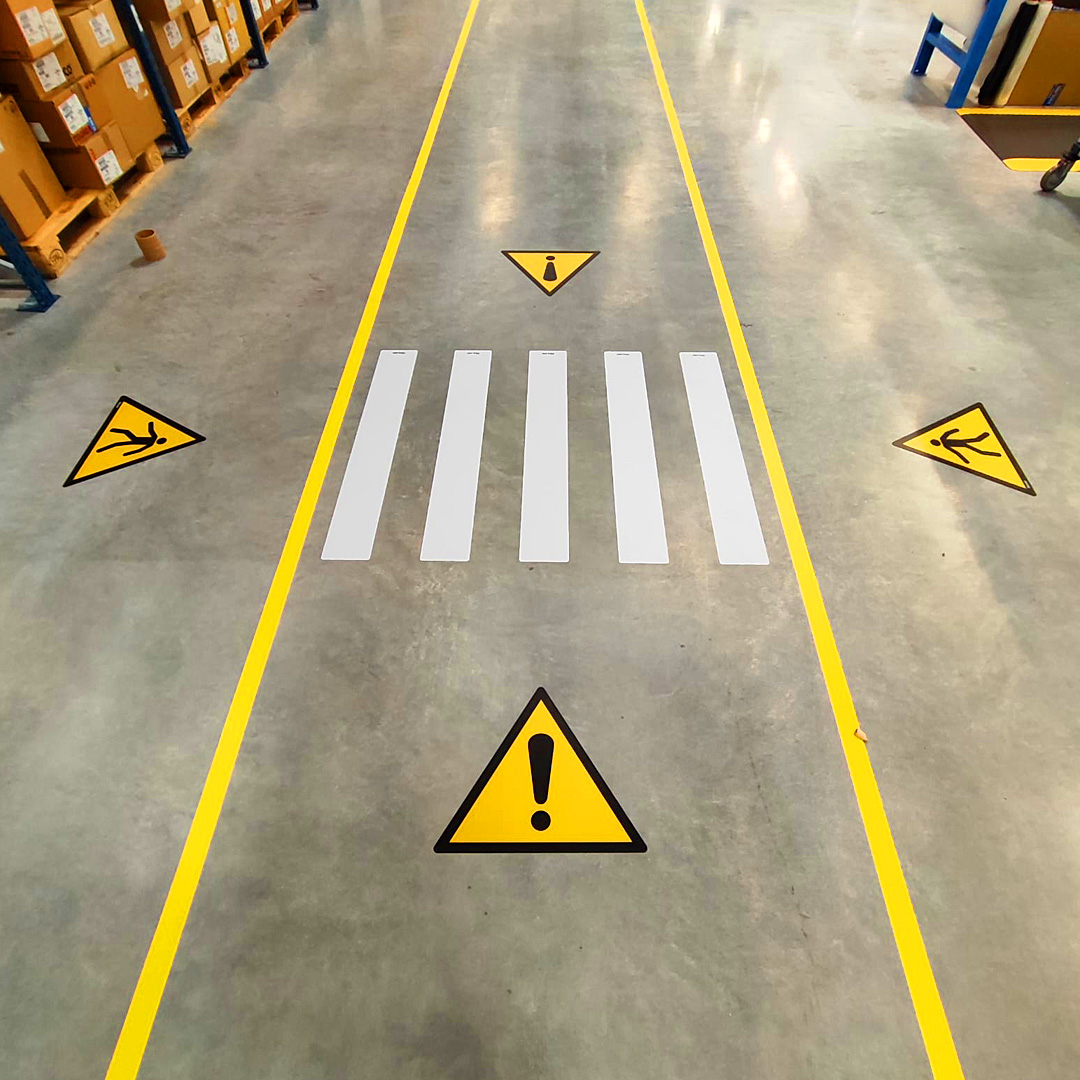Principles of designing internal traffic paths

Effective design of traffic routes within workplaces is crucial to ensure employee safety and operating liquidity. Well -designed roads minimize the risk of accidents, facilitate movement and contribute to increasing work efficiency. In this article, we discuss the rules for the design of internal traffic paths, focusing on the analysis of traffic flow, optimal design of the road system and compliance with regulations and standards.
Introduction to the design of traffic routes
Designing intra -spring roads requires understanding and analysis of traffic flow in the plant. Both pedestrian and vehicles should be taken into account to create safe and effective movement paths. Optimization of these roads is the foundation of traffic management at the workplace. The entire design process should be based on three rules.
Step 1: Movement flow analysis
As you probably guessed after the introduction - the first and key step in road design is traffic flow analysis, which allows you to identify areas of increased risk of collision. Attention should be paid to places with high traffic, potential conflict points between pedestrians and vehicles and areas where it is possible to exceed the speed limit. Understanding these factors allows you to plan routes in such a way as to avoid dangerous situations.
Step 2: Optimal road design design
A well -designed road system takes into account the need to minimize the distance between key points in the workplace, while ensuring user safety. It is important that the roads are wide enough for the safe movement of vehicles and pedestrians and to ensure sufficient visibility at bends and intersections. In addition, consider the introduction of marked pedestrian crossings and limited access to vehicles to continue to increase safety.
Step 3: Compliance with regulations and standards
Road design must comply with local regulations and work safety standards. These standards specify the minimum requirements for road width, maximum speeds, as well as the principles of marking and signaling. By following these guidelines, it is possible to create a road system that is not only functional, but also in accordance with applicable regulations, which is a guarantee of the safety of all users.
Summary
Proper planning and design of traffic paths is not only a matter of compliance with regulations, but also a key element of security management strategy in every organization. The responsible approach to infrastructure design contributes to the reduction of the risk of accidents and increasing operational efficiency.

